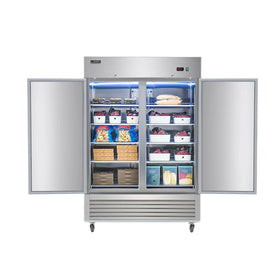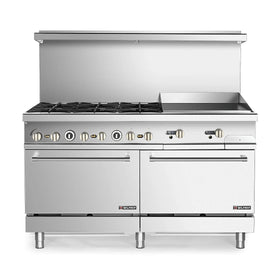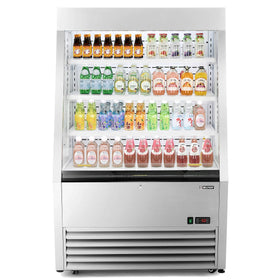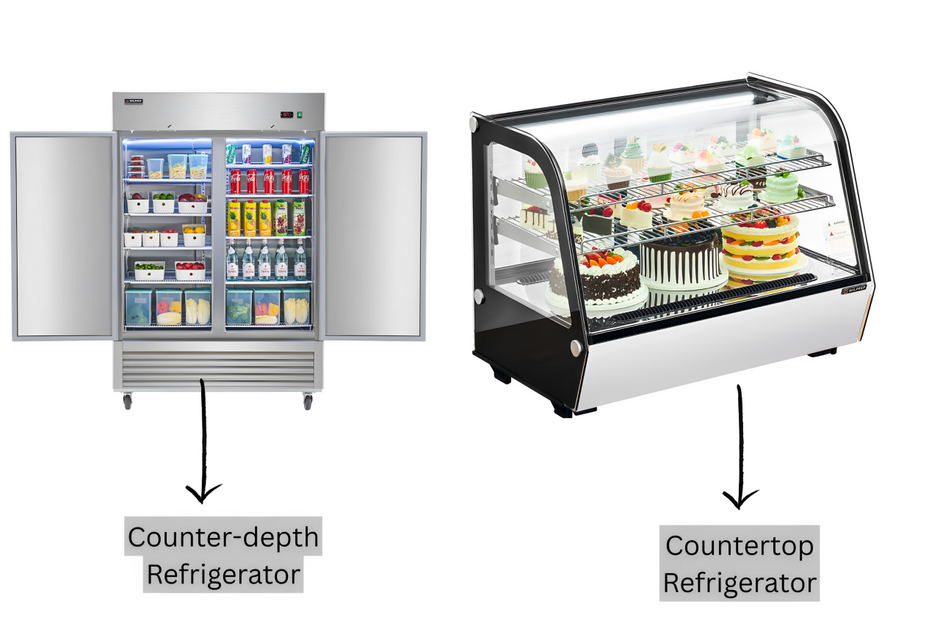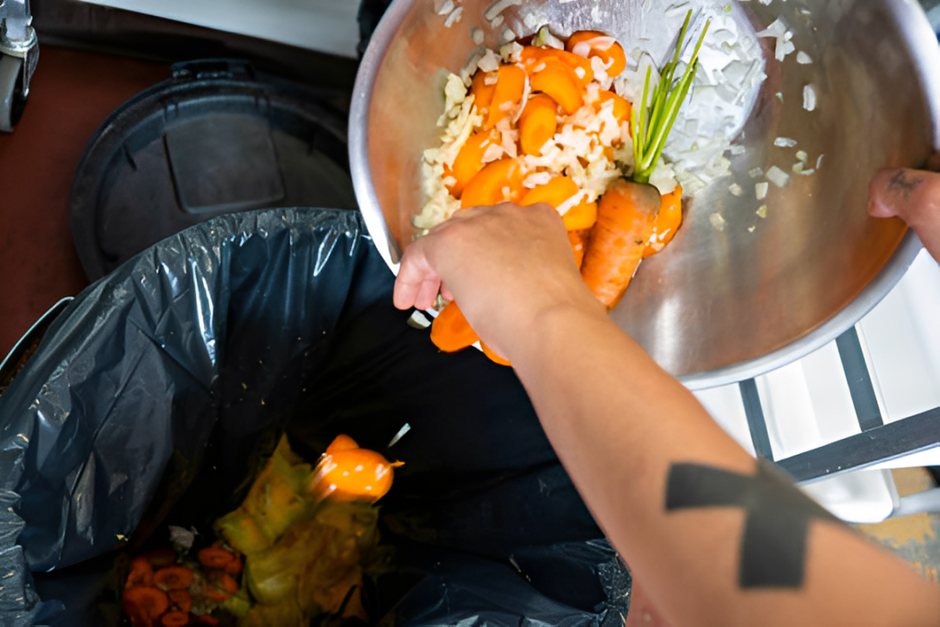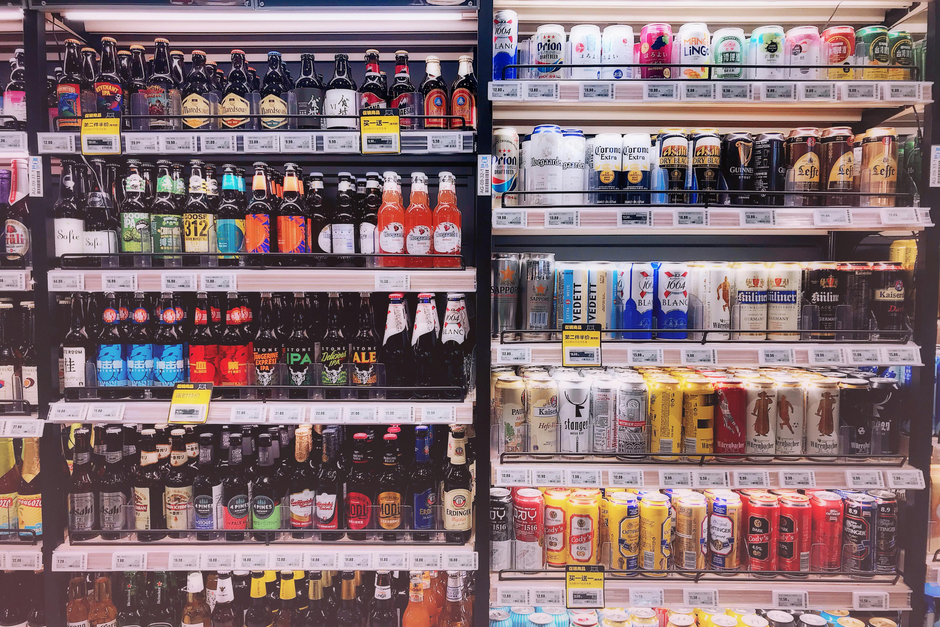One of the most effective ways to increase the profitability of your restaurant is to implement strategies that reduce food waste.
Grocery stores and restaurants contribute around 20–30% of total waste in the United States, and much of that is due to overstocking, cosmetic standards, and large portion sizes.
In a restaurant, where profitability is a priority, wasted food is wasted money, time, labor, and resources.
Here are 10 proven restaurant food waste management tips broken down into practical strategies that work from the kitchen to the front of house.
1. Conduct a Food Waste Audit
The first step in reducing food waste in any restaurant is to determine how much food is being wasted and why. You need to know what food items are being wasted, how much, and why.
Follow these steps to find out how much food is being wasted in your restaurant:
- Set up labeled bins (e.g., prep waste, spoiled, plate waste) and weigh/track waste daily.
- Identify patterns, especially in purchasing and storage: Are you over-ordering lettuce? Is cooked rice often left over?
- Repeat these audits periodically to measure improvement.
By keeping track of how much food is being wasted, you can reduce the amount of food storage in your restaurant by approximately 15%-20%, depending on the efficiency of your audits, and save a significant amount of money on storage, labor, and disposal costs.
2. Improve Inventory Management
Food wastage in many restaurants occurs due to poor inventory tracking, which in turn leads to spoilage or over-ordering.
Restaurants store large volumes of ingredients and food items; therefore, proper inventory management is essential for effective food waste management.
Follow these tips to conduct effective inventory management to avoid food waste:
- Use First-In, First-Out (FIFO) storage: Rotate older items to the front.
- Store perishables properly: Label all items with their delivery/use-by dates.
- Implement inventory software or spreadsheet logs to avoid over-purchasing.
- Order smaller quantities more frequently, especially for highly perishable items.
Learning how to store items in a commercial refrigerator is a good starting point, but you must also understand the specifics of storing different types of food items in the refrigerator.
Use Energy-Efficient Storage Equipment For Better Food Waste Management
Better storage equipment, such as ETL-certified commercial refrigerators, absolutely helps reduce food waste.
For your restaurant kitchen, consider these commercial reach-in refrigerators that are certified for safety and quality by ETL, ETL Sanitation, and DOE, have been tested by Intertek, and meet the applicable requirements of Energy Star and CEC.
These are high-quality refrigerators that will keep your food at safe, consistent temperatures, slowing spoilage and preventing bacterial growth.
Make a reliable choice for your business! Investing in the proper refrigeration helps food last longer, stay safer, and be easier to manage.
3. Train Kitchen Staff on Waste Reduction
Another effective strategy to reduce food waste in a restaurant kitchen is to educate the chefs and staff, thus empowering them to reduce food waste.
Remember, chefs and prep cooks are on the frontlines of food handling
Here are three best practices that chefs can implement to reduce food waste in a restaurant:
- Use consistent portioning tools (scales, scoops, ladles).
- Emphasize knife skills to get maximum yield from produce and meat.
- Maximize the use of stems, skins, and trimmings rather than letting them go to waste (e.g., carrot tops in pesto, chicken bones for broth).
4. Design a Waste-Conscious Menu
To reduce waste in a restaurant, you can also prepare the menu in such a way that ingredients are efficiently used across dishes, and there is less space for food waste.
Consider these food waste management strategies when establishing your restaurant menu
- Cross-utilize ingredients across dishes to ensure everything gets used (e.g., the same herb used in a marinade, salad, and sauce).
- Run limited-time specials to use surplus items.
- Offer “build-your-own” options to control portions and reduce uneaten side dishes.
The way your menu is built can either help or hurt your waste reduction goals. Adopting a waste-conscious menu is a good way for a restaurant to reduce food waste, save money and time, and effort for the chefs as well.
5. Control Portion Sizes
Oversized portions are a top cause of plate waste. For better food waste management, consider controlling portion sizes to reduce waste. That way, diners can finish what they are served with no discarded leftovers.
Here are three ways you can effectively control portion sizes at your restaurant while still providing your customers with their money’s worth.
- Offer multiple portion sizes (regular, small, shareable).
- Use smaller plates for naturally smaller servings.
- Monitor how often dishes are returned half-eaten, and then adjust recipes accordingly.
By readjusting portion sizes, you can significantly reduce the amount of half-eaten leftovers, while offering more variety to customers and minimizing the time and effort required by your workers to clean.

6. Encourage Takeout of Leftovers
Another very easy way to reduce food waste at a restaurant is to adopt and encourage takeout culture amongst customers. When you make it easy and appealing for guests to take their leftovers home, they are more likely to save the food for later consumption, rather than let it go to waste.
Here are three ways you can encourage diners to take their leftovers home:
- Use eco-friendly, attractive takeout containers.
- Ask customers if they’d like a box before they ask.
- Promote the idea that taking food home is a responsible choice, not a shameful one.
As more diners take their leftovers home, you can significantly reduce food waste, potentially increase sales, and provide more convenience for your customers.
7. Involve Your Staff in the Mission
You can also reduce food waste in a restaurant by making food waste management a core value to be shared by all within the organization. Culture matters, and when everyone from the dishwasher to the GM sees food waste as necessary, progress becomes easier.
Here’s how you can make food waste management a core practice at your restaurant:
- Share waste audit results and set team goals.
- Incentivize improvements (e.g., reduced waste = a staff bonus or party).
- Give feedback and praise when staff find creative ways to reduce waste.
8. Compost or Donate What You Can’t Use
Sometimes, food waste is not preventable, but there are still many ways you can make use of uneaten food without letting it go to waste.
- Partner with local food banks to donate safe, unsold food.
- Compost food scraps through a commercial service or on-site system.
- Some cities offer tax incentives for food donations.
Not all food waste is preventable. But that doesn’t mean it has to go in the trash.
9. Track and Adjust Continuously
When food waste management becomes a regular practice, it becomes easier to maintain over the long run. Over time, the restaurant staff will gain experience and develop more efficient methods for managing food waste.
Here are three strategies you can adopt to track and adjust food waste management at a restaurant continuously.
- Keep daily/weekly waste logs.
- Adjust prep levels based on trends and weather (fewer customers on rainy days? Prep less).
- Hold regular kitchen meetings to discuss what’s working and what’s not.
The key, especially at the beginning, is to remember that reducing food waste is not a one-time project—it should be an ongoing effort.
10. Leverage Technology For More Efficient Food Waste Management
With specific modern technological tools, you can leverage food waste management at levels beyond which. There are tools designed to help manage food waste.
Here are some examples of technologies to help you leverage technology for waste management in a restaurant.
- Inventory software: MarketMan, BlueCart, etc.
- Smart scales: Like those from Winnow or Leanpath, which analyze waste in real time.
- Menu engineering tools: Help identify underperforming, high-waste items.
Disturbing Food Waste Statistics In The United States
- According to the U.S Department of Agriculture, 30-40% of the entire U.S. food supply is lost or wasted, which is worth about $473 billion.
- More specifically, around 133 billion pounds at retail and consumer levels, estimated at $161 billion (2010 baseline).
- That waste translates to 145 billion meals and contributes substantially to food insecurity, according to Feeding America
- According to the FDA, food accounts for the largest single component of municipal solid waste (approximately 24%), and it’s a significant source of methane from landfills.
Final Thoughts
Reducing food waste in your restaurant isn’t just ethical; it boosts margins, improves efficiency, and can even enhance your brand. Customers increasingly value sustainability, and staff feel better working in an environment where waste is taken seriously.
Sources
- United States Department of Agriculture: Food Waste FAQs.
- Wikipedia: Food loss and waste
- ReFED: Food Waste Data-Causes & Impacts
- RTS: Food Waste in America in 2025
- U.S Food and Drug Administration: Food Loss and Waste
- Feeding America: Fighting food waste and hunger through food rescue


